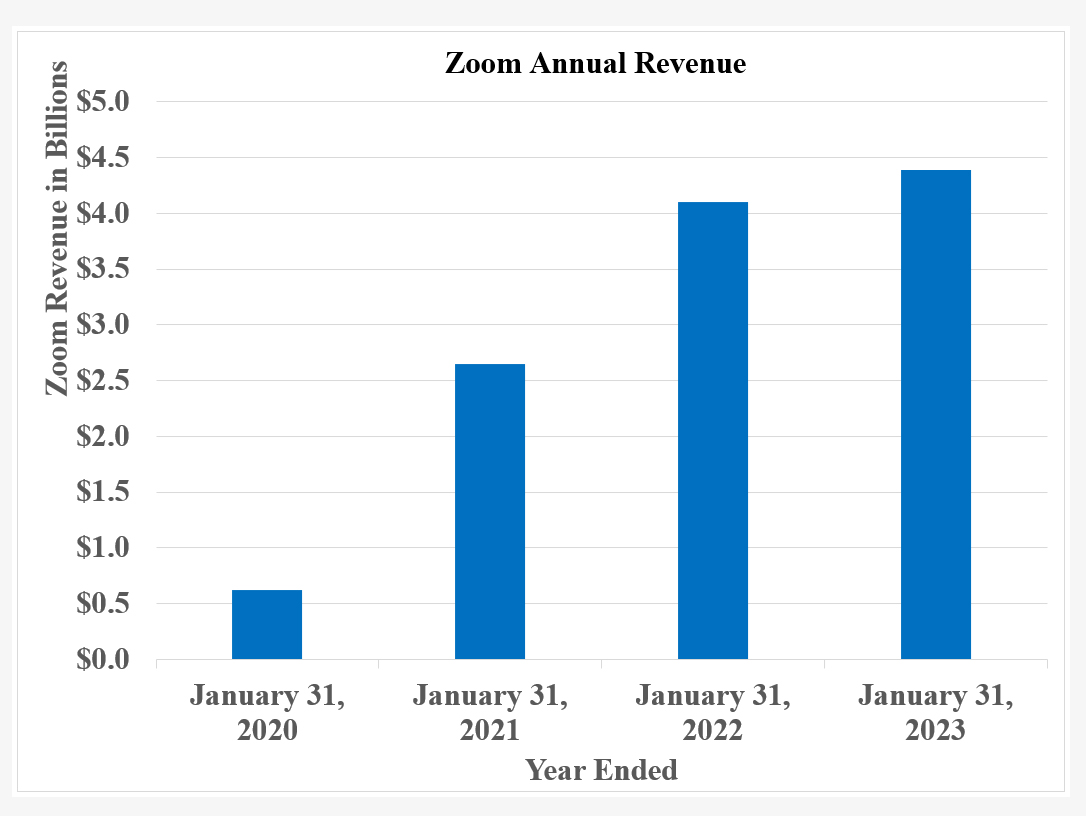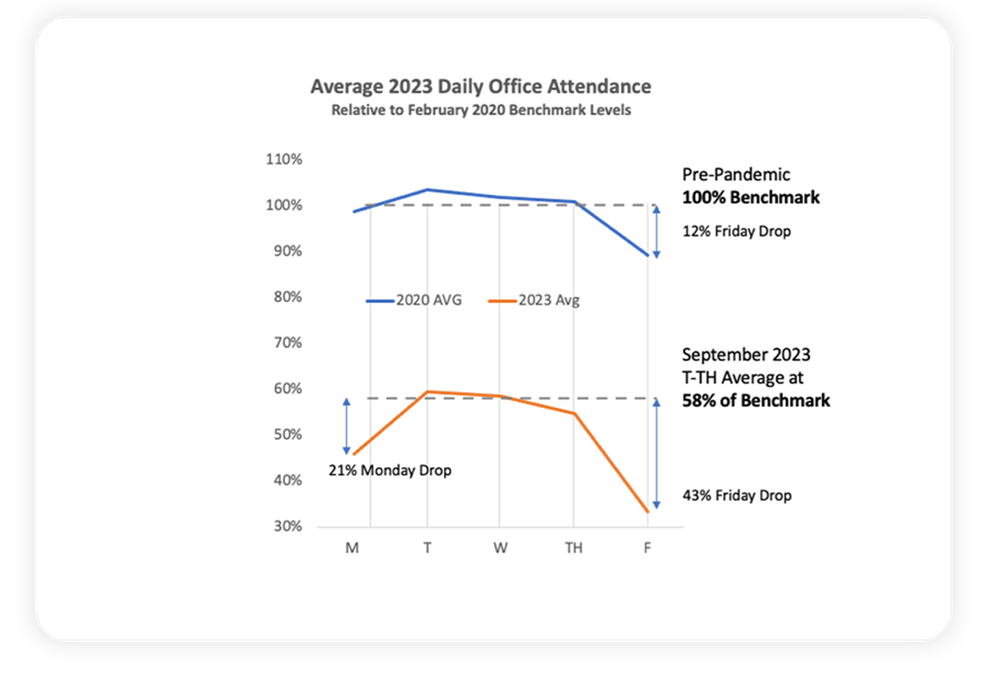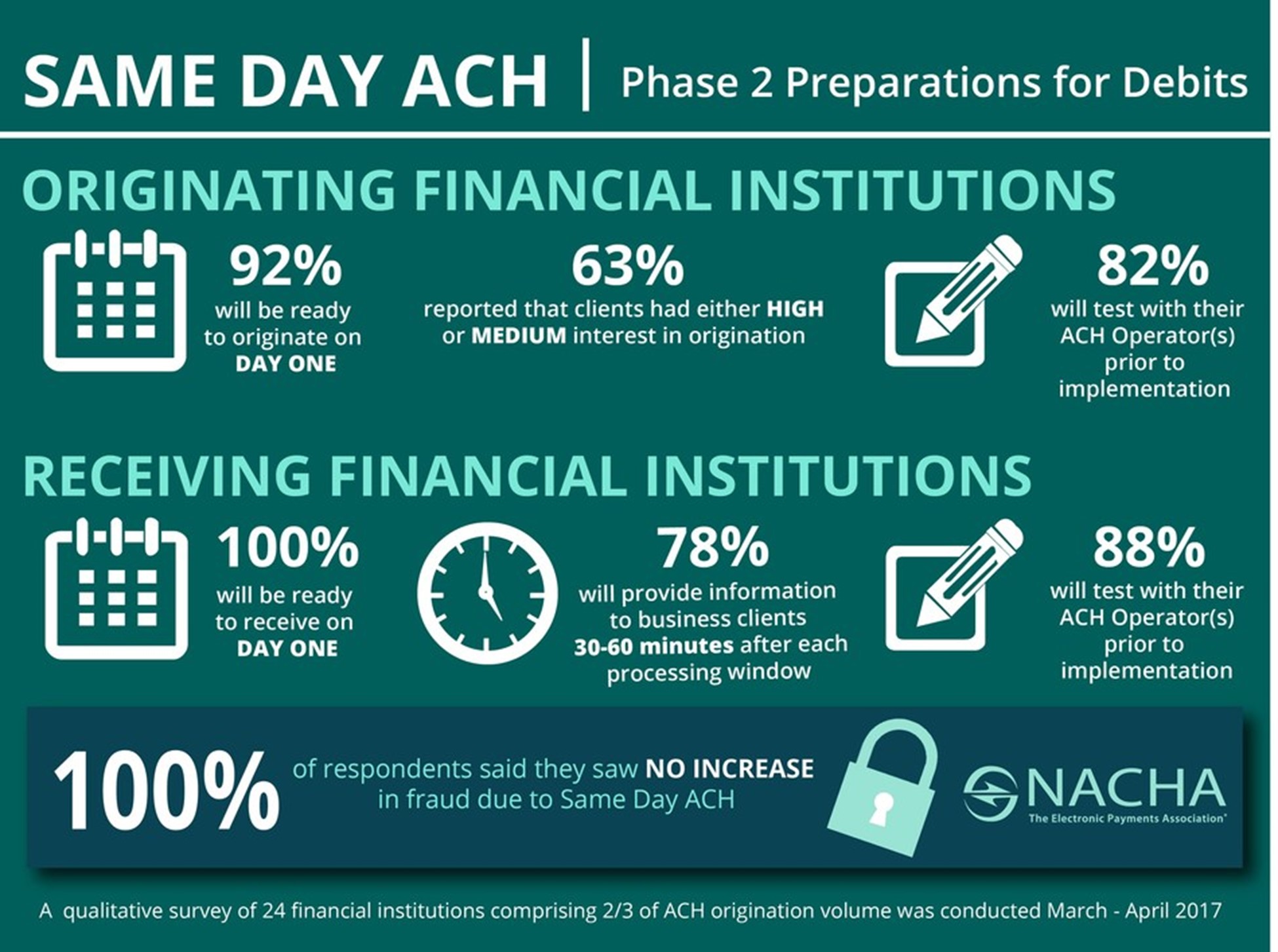Platform Ignition Not Going Well? Call in the Volcanos

In early 2010, as winter turned to spring in Iceland, one of the many volcanos, Eyjafjallajökull, erupted. Beginning in mid-April, the volcano ejected about 250 million cubic meters of ash. An ash plume reached almost 5 miles above its peak.

The ash spread. Soon, an ash cloud covered the skies above Europe. Most airspace in Europe was shut down for about a week, including for commercial jets, leading to the most severe air travel disruption since World War II. Planes were grounded. Lots of luck getting a train.
BlaBlaCar Gets a Volcanic Boost
The eruption was very bad news for the farmers near Eyjafjallajökull and the European airline industry. For BlaBlaCar, a French startup, it was a deus ex machina — an unexpected event that helped them, like a bolt of lightning from the sky, to ignite their long-distance ride-sharing platform. They had a mobile app that enabled a person driving between cities with a spare seat to find a person looking for a lift and willing to help defray the cost of the petrol. Drivers and passengers could select whether they were looking for a chatty or quiet companion based on the number of bla’s they selected.

This wasn’t BlaBlaCar’s first stroke of luck. The company got massive publicity at its start thanks to one of the worst train strikes in France and the founder having a sister who was clever at PR.
BlaBlaCar ignited in France and then in Europe.
Today, it has a market value of $2 billion, with 26 million active members operating in 21 countries.
Inertia Stands in the Way of Great Ideas and Market Realities
The role of deus ex machina in igniting platforms provides insights into one of the biggest problem startups face in moving great business ideas from compelling slide decks to market reality:
INERTIA. The resistance to change. So what’s sitting stays so. And what’s moving keeps going as it’s always done.
Sticking with France, the modern concept of inertia was discovered by Rene Descartes, building on work by Galileo Galilei, and became the basis for Isaac Newton’s first law of motion. It is also the second concept in the FIT® Framework, introduced by Karen Webster, for discovering, launching and growing successful platform businesses.
Sometimes, the force necessary to counter inertia in the economy is so massive that even though a platform should succeed because it can create substantial value for its participants, it can’t succeed without substantial outside help.
Entrepreneurs, corporates and investors should carefully examine what it will take to overcome inertia before wasting their time and money on pursuing a plan that can’t counter inertia and leave an ROI that’s worth the risk. You can’t count on a volcanic eruption.
Jokes Aside, Doctors Should Stop Writing Prescriptions
It wasn’t that long ago — for most people, about a decade — that doctors wrote out prescriptions by hand, and patients took them to their pharmacy to get them filled. It is amazing more people didn’t die, given the notoriously bad handwriting doctors had. There was even a cottage industry of jokes about their handwriting.
Fax, phone, and paper were the main technologies used by pharmacies and physicians to communicate with each other about filling and renewing prescriptions.

In the early 2000s, Surescripts started an electronic network to do all that digitally. The pharmacies loved the idea and joined. Physicians, however, were happy to keep doing what they had always done — scribbling hard-to-read scripts. For them, installing technology to make e-prescribing possible was a needless expense and chore. By 2008, hardly any prescriptions were done electronically, even though replacing the error-prone, time-consuming, and friction-filled analog methods made sense.
A Volcano Couldn’t Help, but Uncle Sam Did
Congress and the Executive Branch saw the value of moving prescriptions and a lot of medical data and interactions over to electronic methods. That meant physician offices and hospitals needed computer systems — electronic health record (EHR) software. And the physicians, and other medical professionals, needed to get in the habit of using them. Two federal programs, adopted in 2008 and 2009, used carrots and sticks to make this happen. Physicians and hospitals received incentives for adopting EHRs and using them, including for prescriptions, which amounted to around $40 billion over the lifetime of the programs. Then, the incentives were replaced with penalties for not doing so.
This helped ignite e-prescribing. Between 2008 and 2018, the percentage of prescriptions transmitted over electronic networks increased from 3% to 95%.
We don’t know whether e-prescribing would have eventually taken off without this deus ex machina, but it appears unlikely. The experience with B2B payments is instructive. Despite all the electronic methods that businesses have at their disposal, a 2022 PYMNTS study found that 40% of B2B payments were made with checks. The inertia — with businesses, their processes, and their employees stuck in their ways — makes change hard.
A Good Global Pandemic Can Overcome Inertia
No one wants a pandemic, but even the worst ones can do some good. Take the Black Death. It killed off around half of Europe’s population in the early 14th century. By some accounts, it helped end feudalism because it caused labor shortages that gave more bargaining power to the serfs. Without that event, perhaps the inertia of the feudal system might have delayed the Industrial Revolution for a few centuries.
A pandemic met the digital era with COVID-19. While the digital transformation has been grinding on not for almost three decades, it got a real boost with the long-term lockdowns and health risks from being out and about. It helped overcome inertia for many digital platforms.
Not the least for video conferencing, such as Zoom and Microsoft Teams.

People had been doing video conferencing for years before the pandemic, particularly to interact with colleagues in other offices. As more people worked from home, video conferencing became the common method of communication.
And it has remained because the pandemic jolted a system that was so beset with inertia that no one even thought about it: working at an office.
Even though people had access to video conferencing solutions like Zoom, communication tools such as Slack, and many other ways to interact virtually, most everyone just accepted that people would schlepp back and forth to offices, which could take up a couple of hours a day in major cities.
Once people found they could be pretty productive at home, without the time, hassle and expense of commuting, interact with their partners, kids, and pets when they wanted, and have more flexibility balancing home and life, they resisted returning to an office. Meanwhile, businesses balanced the benefits and costs of a remote workforce and often decided to accommodate work from home.
According to Stanford economist Nicholas Bloom, the “new normal” is that many Americans have permanently shifted to working from home much of the time. “One metric is office swipes [of ID cards], and the Kastle Systems data is now flat throughout most of 2023. Office occupancy on average is half what it was pre-pandemic. Separate research shows that about one-third of work days are happening at home. So on average, North Americans have decided they are in the new normal.”
And, of course, hardly anyone is in the office on Fridays anymore. [Source for chart below]

How Same Day ACH Solved the Inertia Problem
A decade ago, it could take a few days for the ACH system in the U.S. to move money. NACHA governs the ACH Network in the U.S., which moves money between financial institutions, including most payroll deposits. It can set rules and standards, among other things. NACHA stakeholders represent most financial institutions in the U.S., from small credit unions to the largest banks. These stakeholders have a voice through voting in this governance process; like many standards-setting organizations, decisions are based on supermajorities that reflect a consensus.
In the early 2010s, NACHA considered adopting rules that would have led to “same day ACH.” That didn’t attract a supermajority. In November 2013, the American Banker claimed that the big banks killed it.
NACHA tried again to get a consensus. In May 2015, NACHA announced that members had approved the plan. CEO Jan Estep noted, “Through dialogue, input, and outreach, NACHA was able to balance differing perspectives and incorporate industry feedback from many types of organizations.” Financial institutions had different perspectives in part because they had different revenue considerations depending on the extent to which they originated or received transactions and varying implementation and operating costs. In September, the Federal Reserve Board approved the plan.
With this consensus, NACHA ensured that all financial institutions would adopt Same Day ACH to comply with the new rules. It was ubiquitous from the start.

Faster, slicker, instant payments networks, unfortunately, face inertia.
Every financial institution has to make a separate decision to join. The Clearing House’s RTP® Network, introduced in November 2017, has struggled to get widespread adoption and use. The Federal Reserve’s FedNow Service, which began in July 2023, will likely face the same problem. Inertia makes it hard to get financial institutions to change. Critically, inertia makes it extraordinarily difficult to get almost all of them to make the changes required for widely accepted payment methods.
Not to Worry, Platforms Can Often Overcome Inertia Through Sound Ignition Strategies
The examples above are meant to highlight the serious role that inertia can play in starting a new platform. Platform entrepreneurs can succeed without counting on the equivalent of winning Powerball or miraculously getting a guardian angel. Platforms can secure critical mass and achieve self-sustaining growth by developing and executing well through ignition strategies, as Karen Webster and I have discussed in previous posts.
Knowing about inertia is essential, though. It is a reminder of how tough it is to get potential customers to change what they are doing. And that the time may not be right, and may never be, for a seemingly great business idea.
David S. Evans is an economist who has published several books and many articles on technology businesses, including digital and multisided platforms, including the award-winning Matchmakers: The New Economics of Multisided Platforms. He is currently the Chairman, Market Platform Dynamics and Global Leader for Digital Economy and Platform Markets at Berkeley Research Group. For more details on him, and his books and articles, go to davidsevans.org.
